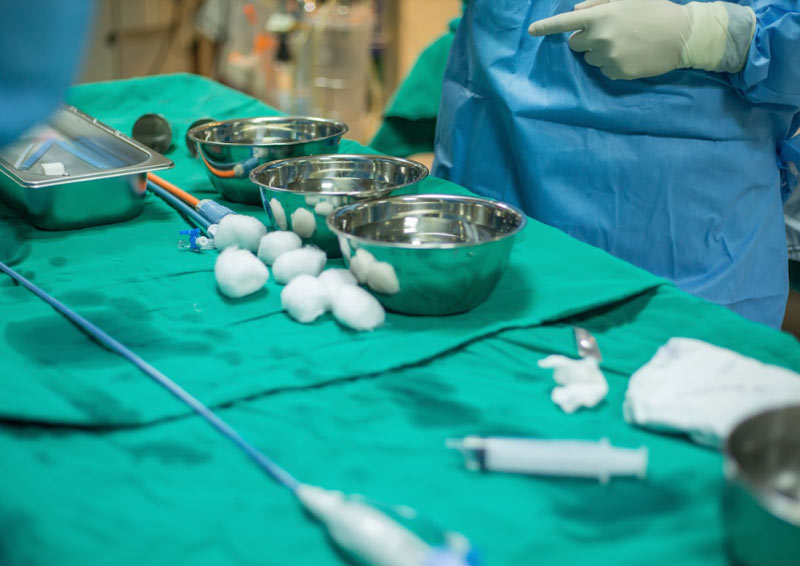Dialysis Vascular Access
Dialysis vascular access is a minor surgery that allows for access to blood for hemodialysis. A soft tube connects the access to the dialysis machine, where blood is filtered through a dialyzer, an artificial kidney.

Dialysis vascular access is a minor surgery that allows for access to blood for hemodialysis. A soft tube connects the access to the dialysis machine, where blood is filtered through a dialyzer, an artificial kidney.
